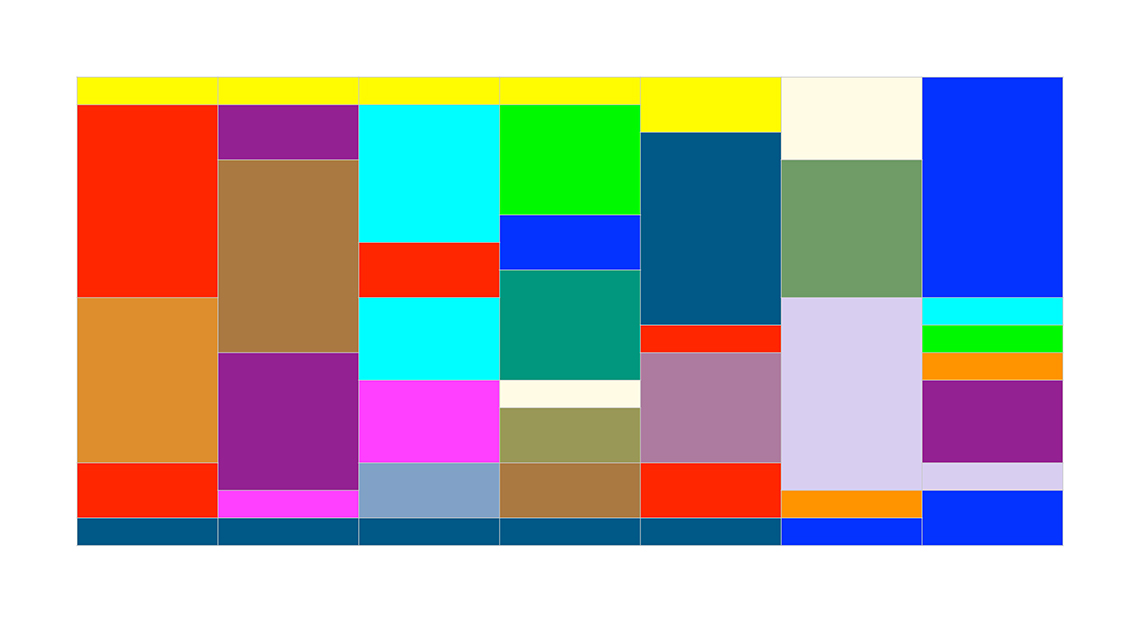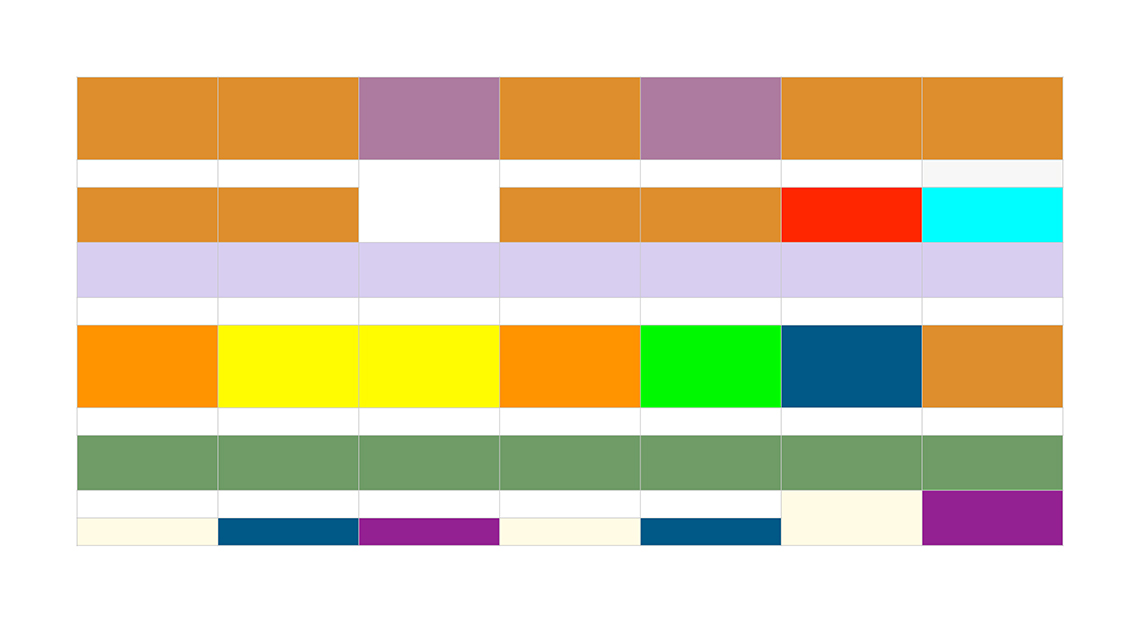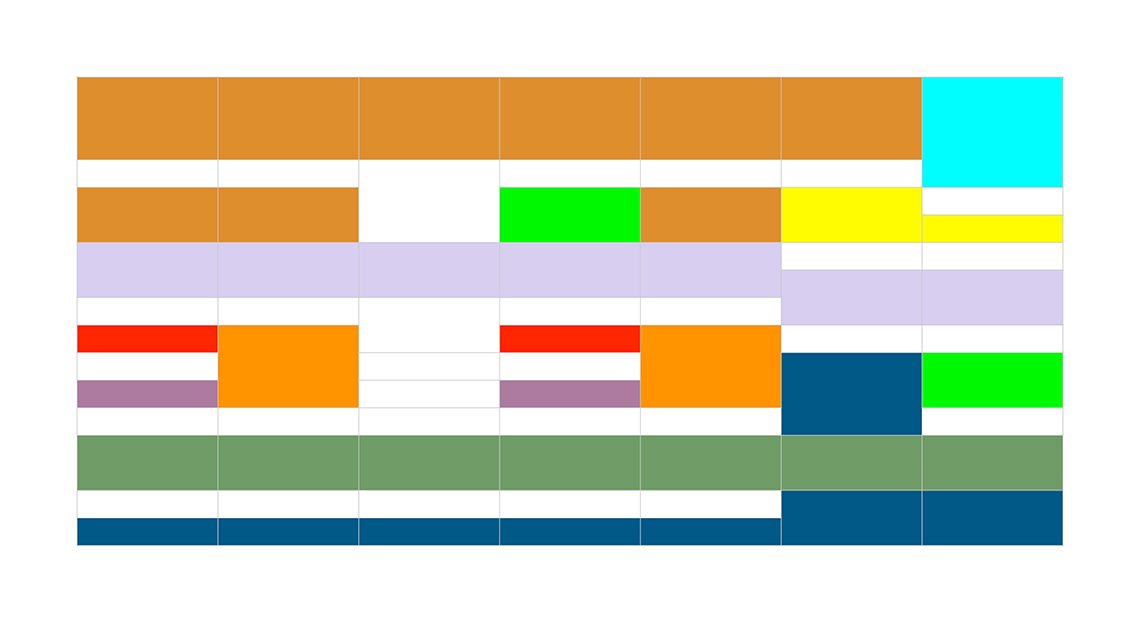Work Blocks And Hyper-Scheduling
Work blocks are a powerful time management tool. They’re often compared to hyper-scheduling, but the two approaches are very different.
When the pandemic hit and people started working from home, a fascinating thing happened. Week after week, you’d read online articles, comments, and social media posts about how people were struggling to maintain a sense of routine.
Some lost track of what day it was or never got out of their pyjamas. Others saw the line between their professional and personal life blur as they worked ever longer hours.
People missed the way their workplaces, and their daily commute, structured their days.
Why We need Work Blocks
Back when I quit academia for creative work, I was lost. Totally lost. After years of working within external structures that told me where to be and what to work on, having to create my own routine out of thin air felt overwhelming.
Since then I’ve done what every artist, freelancer, and ‘company of one’ who works from home has done. I created a structure. Work blocks were the result of a decade of thinking about how to schedule time as a full-time creative and stay-at-home parent.
A work block is a chunk of time you assign to a defined task or a group of similar tasks. Work blocks are usually at least an hour long (mine are 90 minutes or 2 hours). Within the block, you might move from one app to another, or take breaks, but the time is focussed on one thing or a set of very similar things.
So, rather than doing email in tiny bursts scattered throughout your day, you might decide to dedicate a whole work block to it (and perhaps other communication). Or a work block may be focussed on a piece of work, like editing a batch of photos, or rewriting an essay.
Work Blocks And Scheduling
The 2014 article on using work blocks has been an evergreen favourite for readers of this blog. It explained the way I organised my day around four equal blocks of time, four short recurring breaks, and some long chunks for lunch and dinner, together with a regular night-time routine.
My use of the idea has evolved since then, but work blocks still inform the way I schedule things today.
If you work from home, structuring your days will help you stay focussed. But there’s no need to replicate an office style of working, especially since working from home can be more efficient and productive.
Work blocks can help you avoid constantly switching between tasks. They can help you block the times of day best suited to certain tasks. And dividing your day into bigger chunks of time can help you find a sense of flow.
Work blocks also help you say no. If you’re overwhelmed with all the tasks you need to do, then maybe the answer is as simple as having fewer tasks. But fewer tasks are only possible with fewer commitments. Decide what really matters. If you can’t make a block of time for something, maybe you shouldn’t make time for it at all.
Work blocks are a way to set your priorities.
Often the term work blocks appears alongside the concept of hyper-scheduling. But the differences are important.
Hyper-Scheduling
If you’re anything like me, the term hyper-scheduling suggests an aggressively overfilled schedule, maybe something alarming and anxiety-inducing like this:

It looks intolerable, but a lot of people live like that – possibly by design, as they try to control every variable in their life, but more often by chance, as they react to everything that comes up, including every distraction and call for attention, without noticing how fragmented their schedule really is.
It’s only through deep self-reflection, maybe journaling or time and habit tracking, that we might become aware of the routine chaos.
Hyper-scheduling responds to this chaos by taking control of every slice of time in your day. I don’t use – or recommend – this approach. It foments anxiety and stifles creativity.
Using Daily Themes To Batch Schedules
One common productivity idea is to batch similar tasks as a way to increase your sense of flow and avoid the potential for distraction when you switch tasks.
I’m thankful to Mike Vardy for introducing me to the idea of themes as a way to batch similar tasks. You might decide that Monday is your admin day, so you batch all admin-related tasks onto that day. Or Tuesday is your learning day, so you batch things like background reading, coursework, or other kinds of research onto that day.

This brings more order to the chaos and reduces the feeling that your days are full of random task switching.
With work blocks, you artfully streamline this even further.
Work Blocks Revisited
Over time, I had to evolve my approach to work blocks. Self-reflection is essential to making any productivity idea practicable, and my approach was still too random. Using Mike Vardy’s daily themes idea to batch similar work blocks together created this kind of schedule, which is how I worked for most of 2016–2019.

After a while, I started to question having the blocks the same size. Some activities lend themselves to larger blocks; some to smaller blocks. Trying to do all my email in one big weekly batch seemed like a good idea. But it was exhausting and anxiety-inducing. Splitting that into two much smaller blocks proved to be efficient and enjoyable.
Also, mornings and afternoons are different. My mornings are most productive when focussed on big, creatively demanding tasks. Typically, that’s writing. Afternoons are better suited to smaller work blocks, switching between tasks, doing things that involve more routinised workflows, or other chores.

By late 2019, my schedule evolved to look more like this. With the time required to walk to and from the studio, Pilates used to take out two mornings a week. Since lockdown, video lessons mean they take not just a different time of day but also much less time. Email was split into two blocks. Planning on Sunday mornings got a much bigger block of time.
And there’s a lot more white space.
The Danger Of Overscheduling
Whatever approach you take to scheduling your time, it’s important to avoid overscheduling. It’s hard to move mindfully through your day when all your events, meetings, and tasks are scheduled right up against each other.
Plenty of white space is important. It makes it easier to cope with interruptions, tasks taking longer than expected, having good transitions between activities, and ending your day well. But there’s also another reason.
Creativity.
Having some looseness in your schedule is essential for creativity. Giving yourself time in the day to let your mind wander, to make personal observations, or maybe go for a walk are essential for letting your brain switch gears in ways that foster creativity.
This was well observed in Michael Lewis’s The Undoing Project. The book is about the collaboration between Daniel Kahneman and Amos Tversky. Their work on decision making gave rise to the field of behavioural economics and later won Kahneman a Nobel Prize for economics. Both men were prolific and frequently published. They also enjoyed long, freewheeling conversations as a way to explore their ideas – something not possible in a rigidly structured schedule.
“The secret to doing good research is always to be a little underemployed. You waste years by not being able to waste hours.”
– Michael Lewis
Your schedule should liberate you. It should free you to focus and allow you to move through your life in a way that reflects your style. Work blocks can help you do this by encouraging you to set aside time each week for the activities that matter most.




